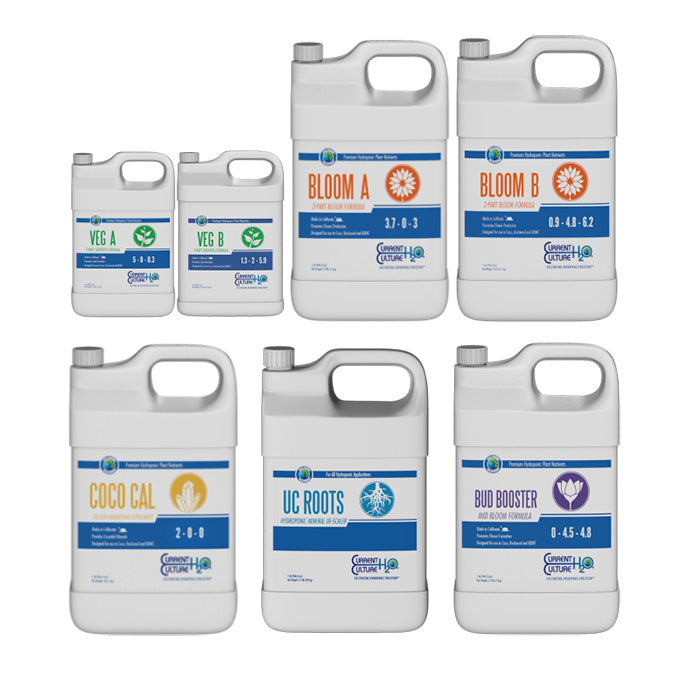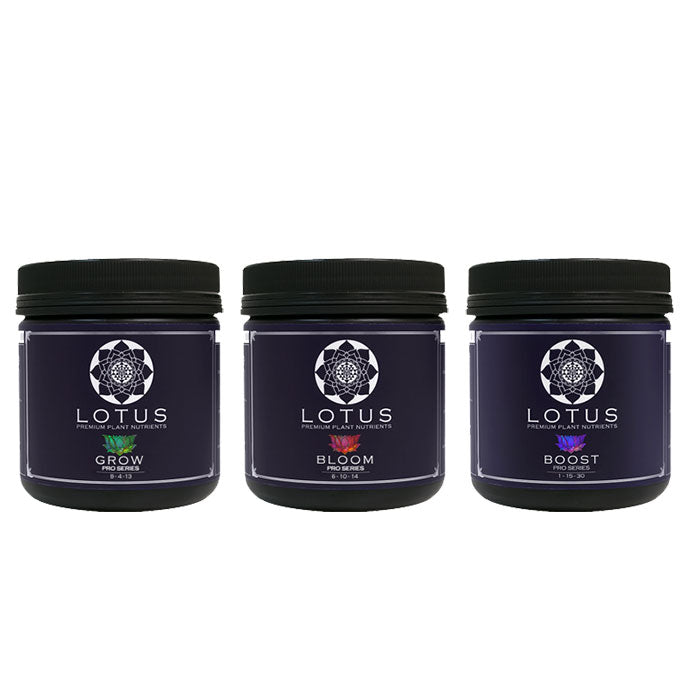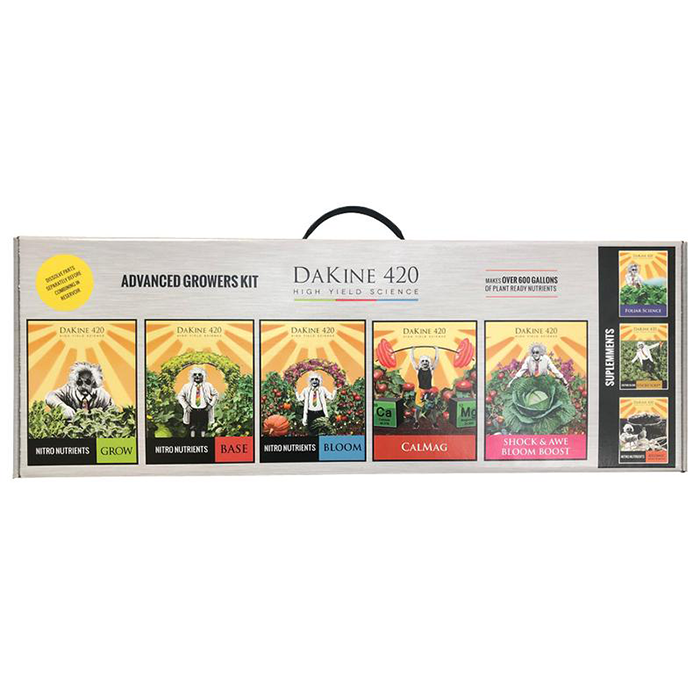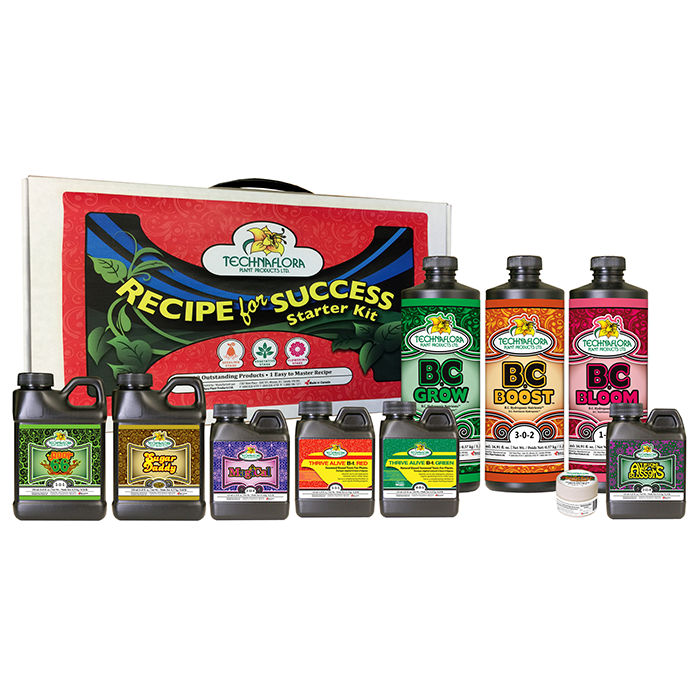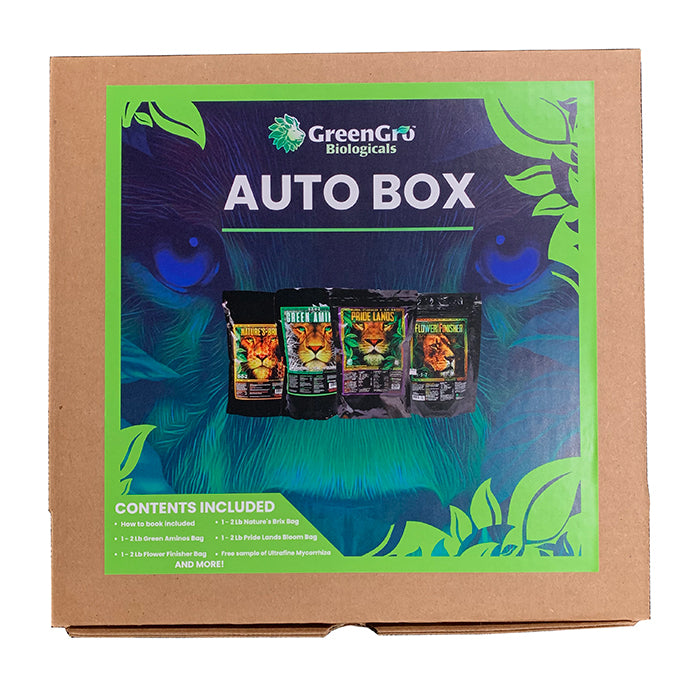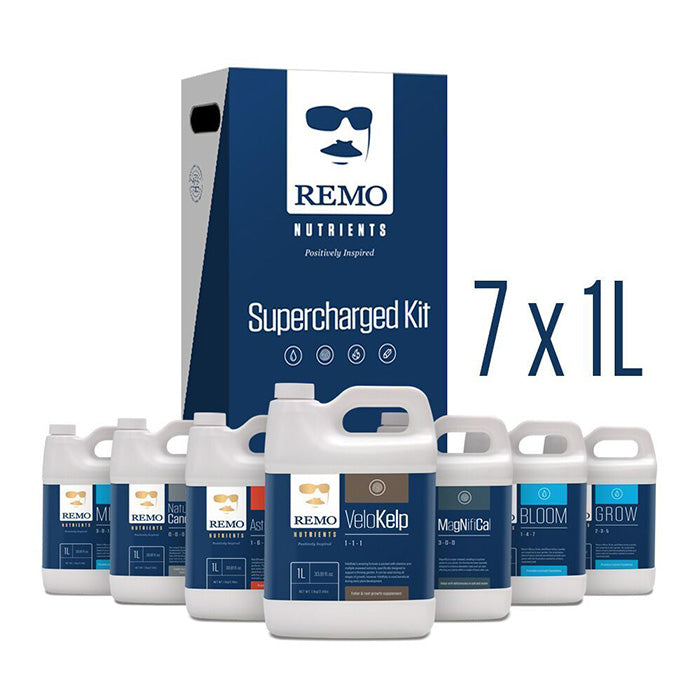If you are looking to buy hydroponic nutrient, you have come to the right place. Here at Hydrobuilder, we carry the widest selection of hydro nutrients at the lowest prices online, from all your favorite brands, such as Botanicare, Cultured Solutions, General Hydroponics, and more!
What are hydroponic nutrients?
Hydroponic nutrients are specifically formulated for use in hydroponic systems. You may be wondering why you'd need different nutrients for hydro compared to soil.
The reason is that hydroponic plants do not have any nutrition from soil, or any buffer for the roots. Instead, the plants are fed directly at their roots, with ultra-concentrated solutions.
Plus, hydroponic systems can get easily clogged when using organic soil nutes. These nutrients are specifically for this style of growing, giving you the best chance of success with hydroponics.
If you aren't growing hydroponically, don't worry. We also have soil nutrient packages and organic nutrient packages.
Are hydroponic nutrients organic?
More often than not, hydroponic nutrients are not organic. Organic nutrients are incredibly thick, and can clump up. This leads to clogs and issues in your hydroponic system and tubing, which can wreak havoc on your grow.
If you want to grow organically, you are better off growing in pots and soil. Hydroponic systems require specific nutrients, as you likely know by now.
Why you should buy hydroponic nutrients in a package
Hydroponic nutrient packages contain all the nutrients and supplements growers need for their indoor hydroponic operation, easing the hassle and anxiety of having to formulate your own feeding schedule. You shouldn't waste your time piecing together a package on your own.
What nutrients are best for hydroponics?
Plants grown hydroponically need the same essential nutrients a soil plant needs. These include macronutrients such as nitrogen, phosphorous, and potassium, but especially micronutrients, since hydroponic plants due not have access to these through soil.
Some supplements that you should include in your hydro grow include silica, root stimulants, and cal-mag.
The best hydroponic nutrients for your grow
If you are looking for the best of the best, you should stick with one of the top brands - Cultured Solutions (especially if you use an Under Current system), Botanicare, General Hydroponics, Fox Farm, Emeral Harvest, Earth Juice, etc.
At the end of the day though, all the hydro nutrient packages you see here on our site are of the utmost quality, sourced only from reputable brands. Regardless of which you choose, you will set yourself up for a successful grow. But, if you want to learn more about the best hydroponic nutrients, we put together a complete list in our blog.
How do plants get nutrients in a hydroponic system?
Once you have mixed your fertilizer with pH neutral water, an air pump and air stone introduce oxygen into the nutrient solution, making it more readily available for plant roots.
Then, a water pump delivers the nutrient solution through the hydroponic system directly to the hydroponic grow media, feeding the plants directly at their roots.
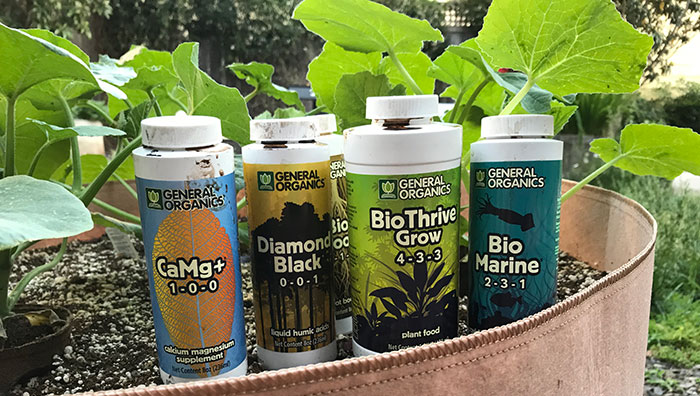
If you have any questions about the nutrients in these packages, give one of our experienced growers a call today at 888-815-9763, or visit our learning center and read some of our articles on Nutrients and Fertilizer!

